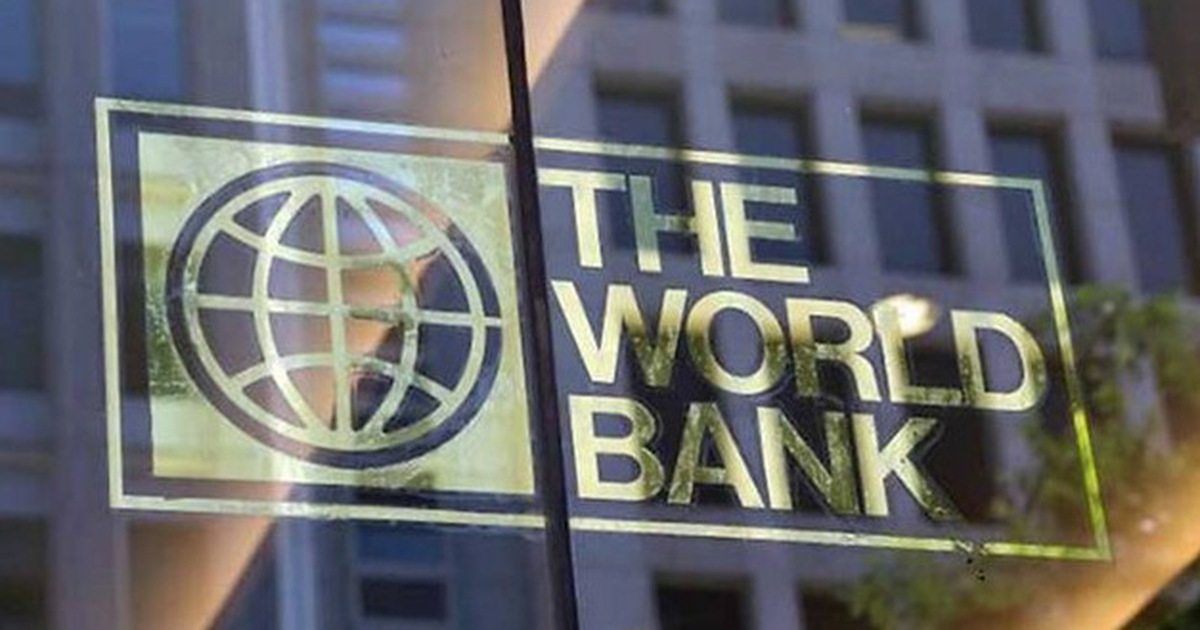LAHORE MIRROR — The World Bank in its latest report has forecast Pakistan’s real Gross Domestic Product (GDP) to grow at 2.0% in the fiscal year 2022-23 (FY23) that is same as projected in the October 2022 Pakistan Development Update.
The World Bank, in its report Global Economic Prospects-January 2023 released on Tuesday, said Pakistan’s real GDP was projected at 2 percent in FY2022/23, half the pace that was anticipated last June.
The report said in Pakistan, an already precarious economic situation, with low foreign exchange reserves and large fiscal and current account deficits, was exacerbated last August by severe flooding, which cost many lives. About one-third of the country’s land area was affected, damaging infrastructure, and directly affecting about 15 percent of the population. Recovery and reconstruction needs were expected to be 1.6 times the FY2022/23 national development budget.
It added the flooding was likely to have seriously damaged agricultural production—which accounts for 23 percent of GDP and 37 percent of employment—by disrupting the current and upcoming planting seasons and pushed between 5.8 and 9 million people into poverty. Policy uncertainty further complicated the economic outlook.
Pakistan, with low foreign exchange reserves and rising sovereign risk, saw its currency depreciate by 14 percent between June and December and its country risk premium rise by 15 percentage points over this same period. Pakistan’s consumer price inflation reached 24.5 percent in December on an annual basis, recently coming off its highest rate since the 1970s.
The report said,”Pakistan faces challenging economic conditions, including the repercussions of the recent flooding and continued policy and political uncertainty. As the country implements policy measures to stabilize macroeconomic conditions, inflationary pressures dissipate, and rebuilding begins following the floods, growth is expected pronounced than in much of the rest of the region, as adequate policy buffers have provided breathing room to support the ongoing recovery and boost public investment. Pakistan and Sri Lanka have had to tighten policies more rapidly in pursuit of macroeconomic stability.
“The recent floods in Pakistan are estimated to have caused damage equivalent to about 4.8 percent of GDP. Extreme weather events can exacerbate food deprivation, cut the region off from essential supplies, destroy infrastructure, and directly impede agricultural production”, the report added.
SOURCE: APP

